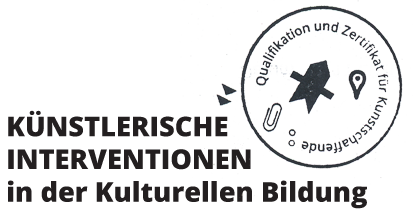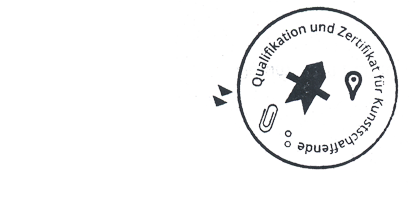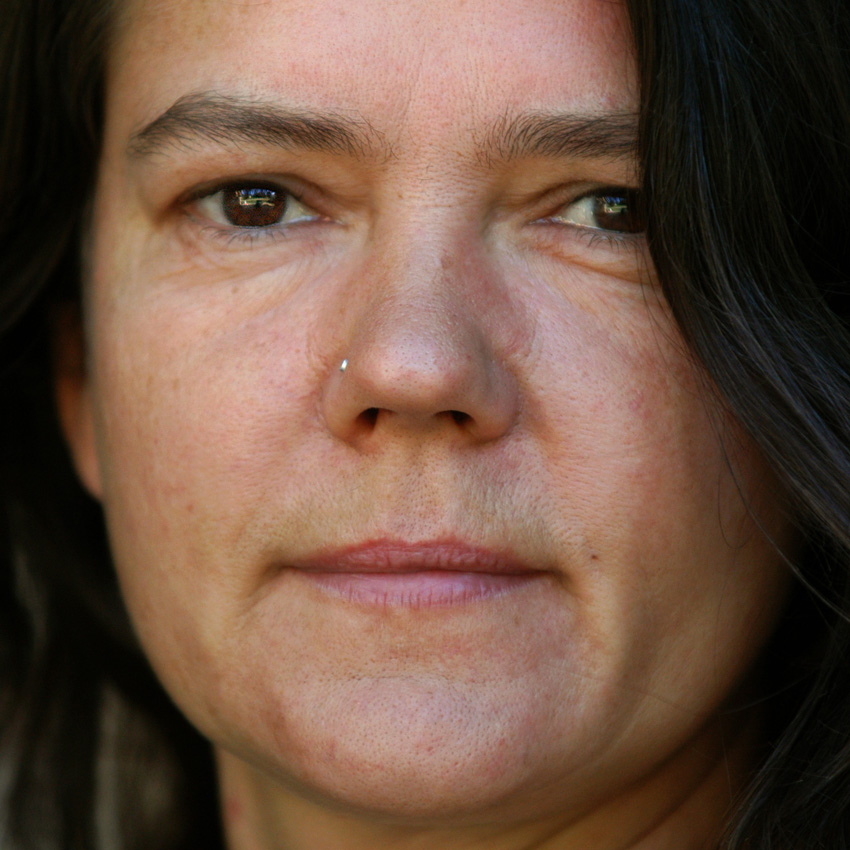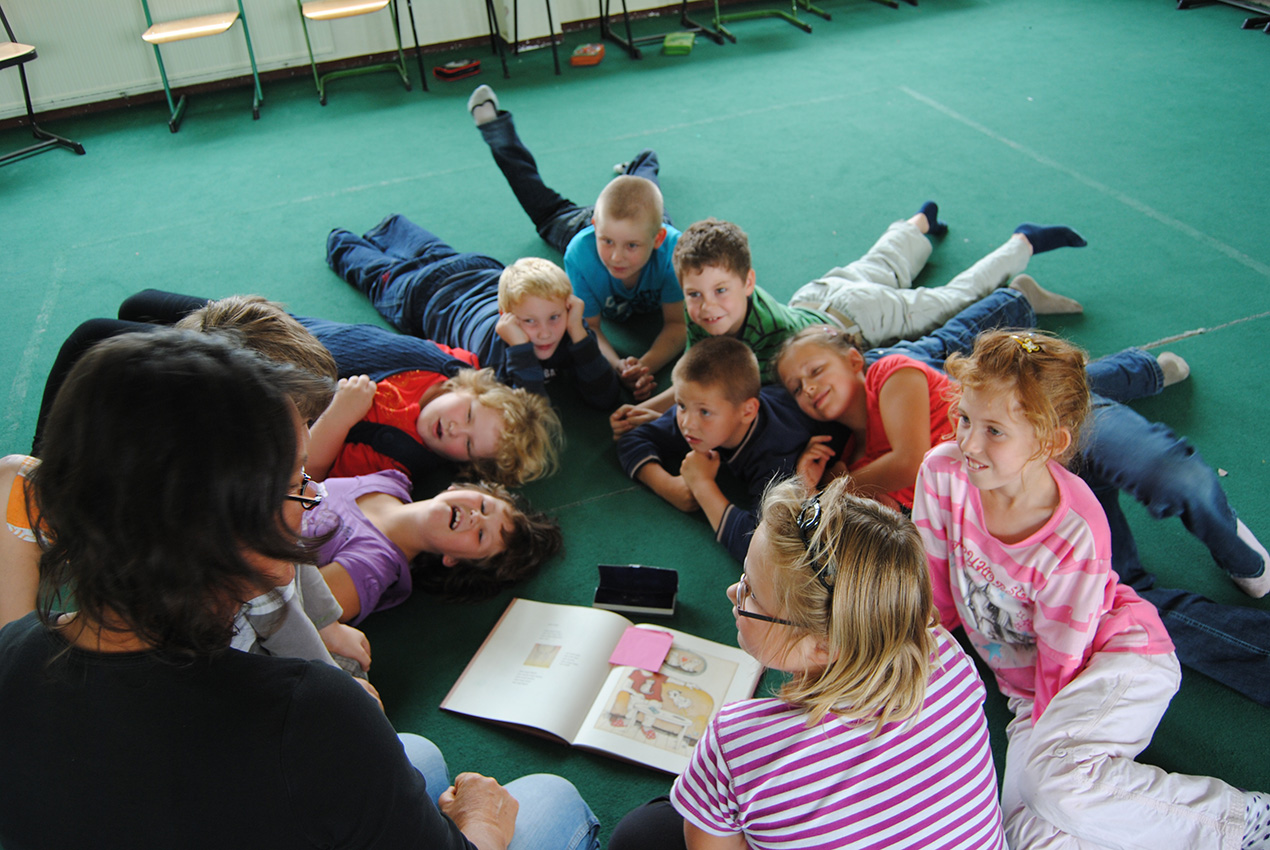



Takwe Kaenders received her state approval as an educator at the Pestalozzi-Fröbel House in 1989. At Burg Giebichenstein University of Art and Design Halle, she studied the subject field of metal/enamel. She graduated from her course with a diploma in 2001. Kaenders works in an honorary capacity in the “Rothener Hof e. V.”, in the Arts and Crafts State Association Mecklenburg-Vorpommern, reg. Ass., and in “Denkmal-Kultur-Mestlin e. V.”. In the latter association, she has been working as a curator since 2010. In 2018, she started working as an art communicator in the Arts and Crafts State Association Mecklenburg-Vorpommern, reg. Ass. For two years, she has been a member of “Salve e. V.”, an association promoting intercultural education and art. She continues to exhibit much of her work both at home and abroad.
otto mops – onomatopoeia

My most important objective in this project was to introduce children to lyrics with the poem “ottos mops” by Ernst Jandl and above all inspire them to take an interest in language. In the project, it was possible to discover language with all one’s senses and develop it further, very much in line with Jandl. The originality and uniqueness of his poems enabled the children to gain access to language in a creative way. In the course of activities such as dancing, rapping, role-play and onomatopoeia, language turns into sensual perception and sound as well as haptic experiences. With the aid of the children’s creative interaction and ideas, language evolves into more than just a means of communicating; not only can it now be heard, it can also be seen, felt and changed.
What have you taken home from this project for your artistic activities?
That it is possible to spontaneously adapt and redesign contents so that they are right for children and youths at precisely this moment.
Which topic turns up again and again in your artistic activities?
In my artistic work, the topics of breakthroughs and openings turn up again and again.
What do you seek to achieve with your arts education activities?
It would be nice to be a visionary enabling people to discover and experience an individual concept of freedom through art via cultural education activities.
What, in your view, is the essence of an artistic intervention in arts education?
An intervention in arts education enables us to open up spaces, thoughts and liberties. Rigid teacher-centred teaching wouldn’t allow this.